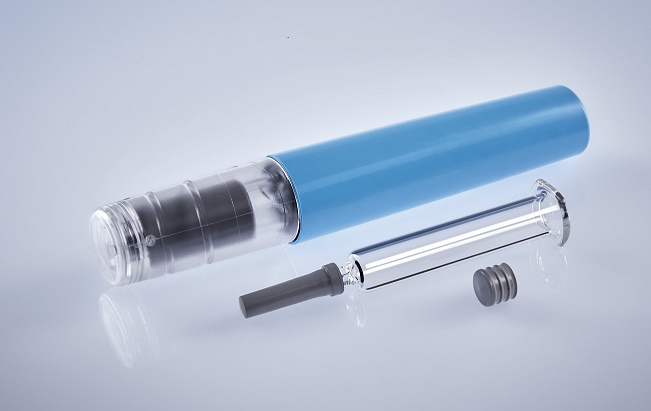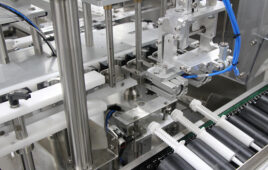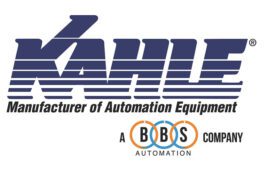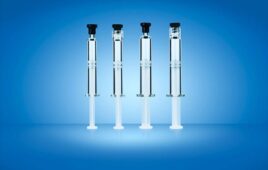Fran DeGrazio, Vice President of Scientific Affairs & Technical Services,
West Pharmaceutical Services
Nearly every aspect of the pharmaceutical industry – from drug discovery to regulatory guidance, and trial design to drug delivery – is focused on developing patient-centric approaches to treatment. An example can be seen in the wide use of cutting-edge biologic therapies that treat chronic conditions such as multiple sclerosis and other autoimmune diseases. Biologics offer promising potential for patients through targeted treatments. However, they also bring new considerations for biopharmaceutical companies and their manufacturing partners around drug packaging and delivery and risk mitigation.
Biologics often have specialized needs around containment and delivery. In this new era of treatment, the adoption of Quality by Design (QbD) principles in the design and manufacturing of packaging components is quickly gathering momentum. QbD is driven by data assessment and output, providing manufacturers with superior product and process understanding that emphasizes patient-critical quality requirements to minimize risk and enhance drug product effectiveness.
The emergence of QbD for biologics
Biologics are prompting drug manufacturers to adjust how they package and deliver injectable therapies. One characteristic of many newer biologic drugs is a higher viscosity than found with traditional small molecule pharmaceutical products. Because of this, biologic containment and delivery needs are more challenging. Additionally, these products are more sensitive to their environment, including the packaging materials with which they have long-term contact. An outcome of this sensitivity may be the formation of particulate or aggregation of the protein itself. It is crucial to mitigate the risk of particulate caused by drug and container interaction issues.
Regulatory bodies worldwide are asking drug and packaging manufacturers to build quality into their products from the start to ensure consistency and reduced risk throughout a drug product’s lifecycle. With many sensitive biologics coming on the market as combination products, the compatibility of packaging components with injectable drugs and their delivery systems is being closely scrutinized.
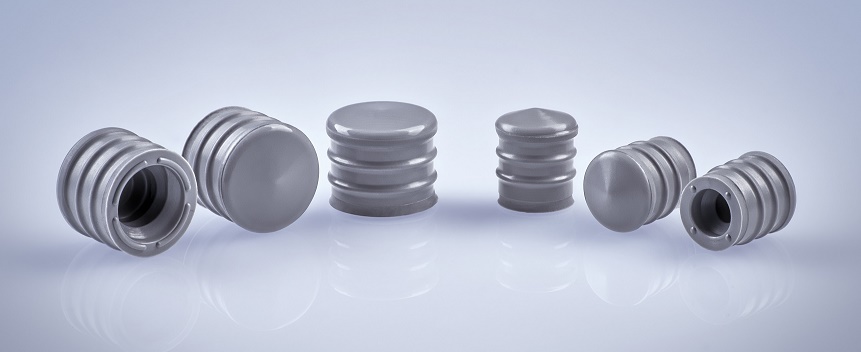
The 1 to 3-mL NovaPure plungers, from West Pharmaceutical Services, are intended for higher-volume injectable drug delivery systems. They were designed and manufactured using scientific, risk-mitigating Quality by Design (QbD) principles
Reducing risk through data
QbD was designed to promote an understanding of the drug product and manufacturing process starting with product development. During the design and development process, QbD requires manufacturers to define desired product performance goals and identify Critical Quality Attributes (CQAs). The product and process can then be designed to meet those attributes, potentially improving understanding of how material attributes and process parameters impact CQAs and enabling manufacturers to mitigate variability.
QbD has helped facilitate more expedient and efficient introduction of high-quality biologics to market because stakeholders are now armed with critical data that lets them circumvent potential risk factors. It also allows drug, packaging and delivery manufacturers to continually monitor and update their manufacturing processes to ensure consistent quality throughout a drug product’s lifecycle.
Employing QbD in component design
An example of products that are essential to understand and assess during the QbD process is prefillable syringe plungers (also called pistons and stoppers), which serve as the primary seal for container and closure integrity, assist in the transfer of contents from the barrel and deliver drugs to the patient. Plungers are typically made from butyl rubber and can be coated with a fluoropolymer film that can increase lubricity and serve as a barrier between the drug and the elastomer, reducing the potential for extractables and leachables.
With many biologics coming onto the market, there is a growing need for high-quality plungers because this component is critical to the functioning of a prefillable syringe system or a cartridge that may be used in a combination product application. Their design should also follow a QbD process using a Quality Target Product Profile (QTPP) to establish Critical Quality Attributes or CQAs. The QTPP can serve as a guideline throughout development and manufacturing. This then leads to a manufacturing process with a control strategy that is built around the critical process parameters to assure that CQAs are consistently achieved.
Conclusion
By applying a data-driven, QbD approach to the design and development of plungers and other prefillable syringe components, critical specifications are consistently met for defects, visible and sub-visible particulate, and extractables. The knowledge gained throughout the QbD process can also be used moving forward to enable continuous improvement throughout the lifecycle of the component to assure a continued focus on high quality and patient safety.

